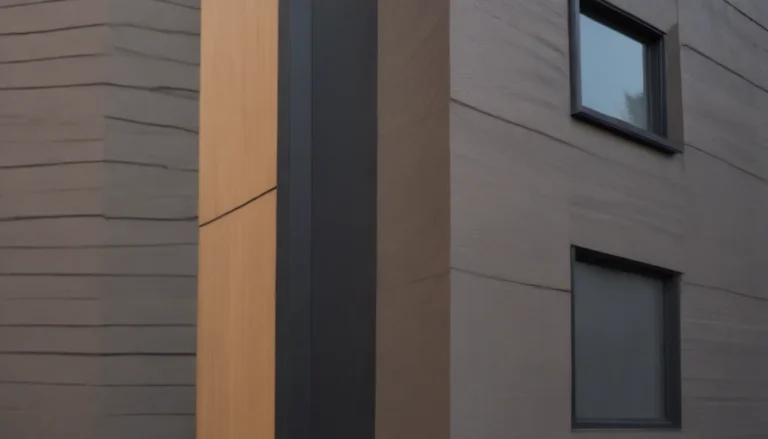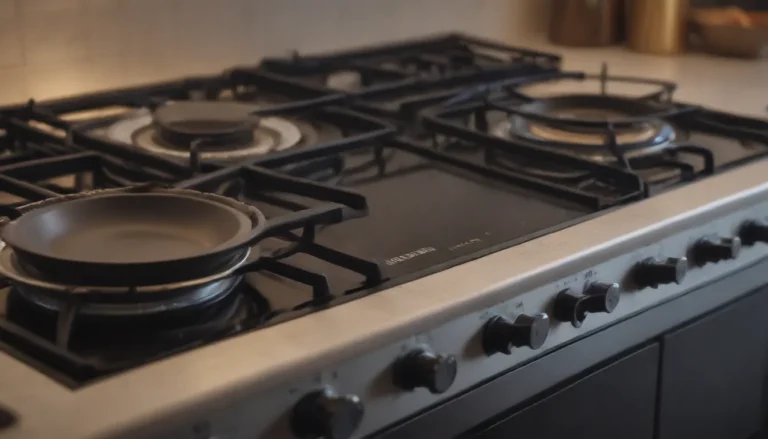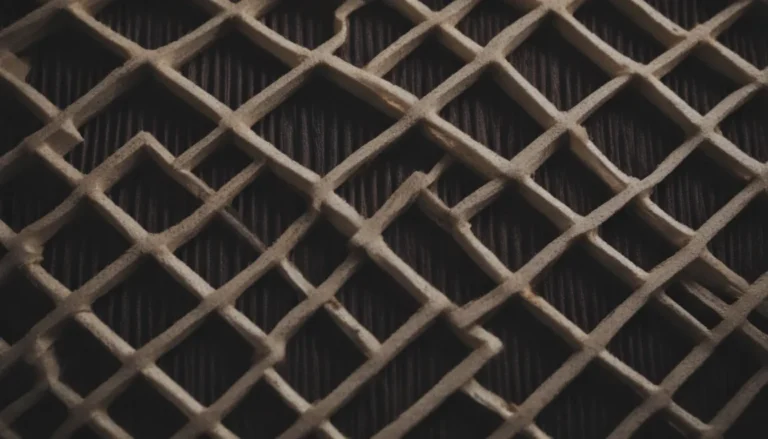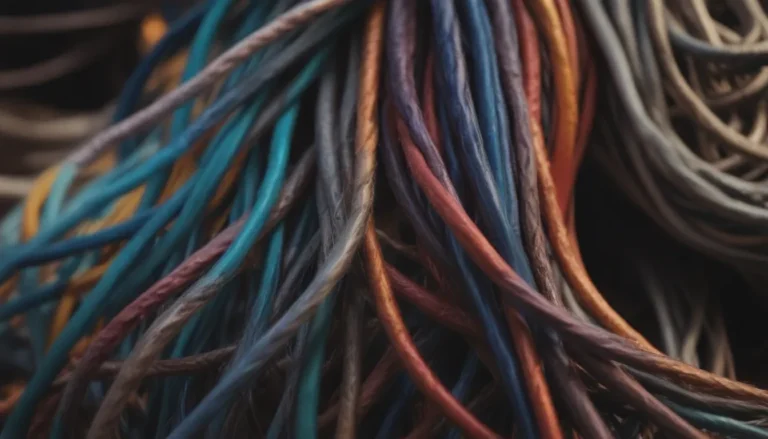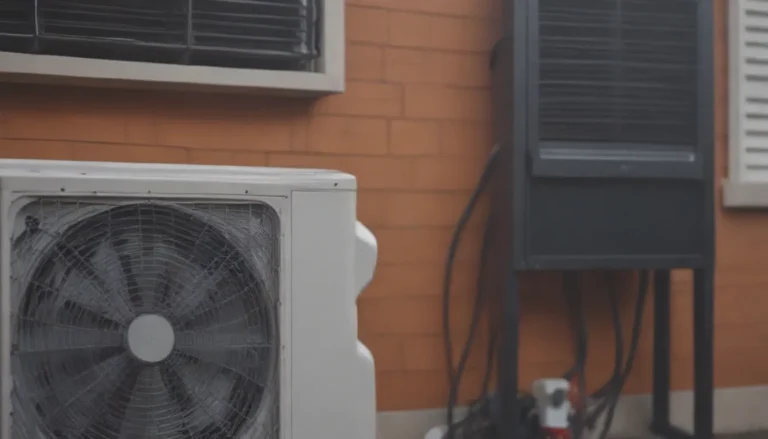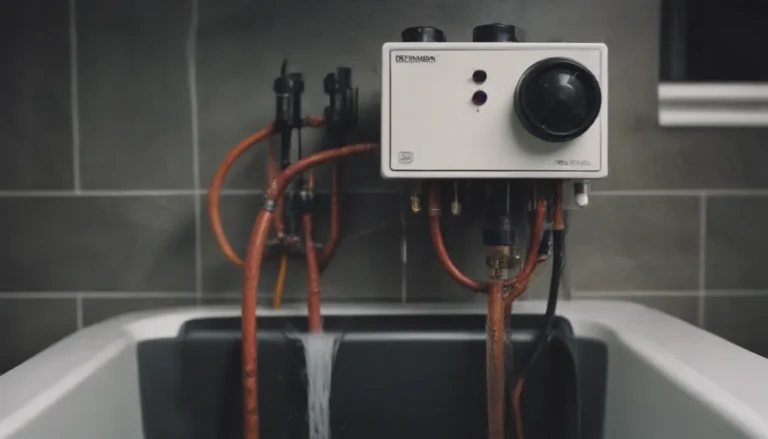The Benefits of Paint and Primer in One: A Comprehensive Guide
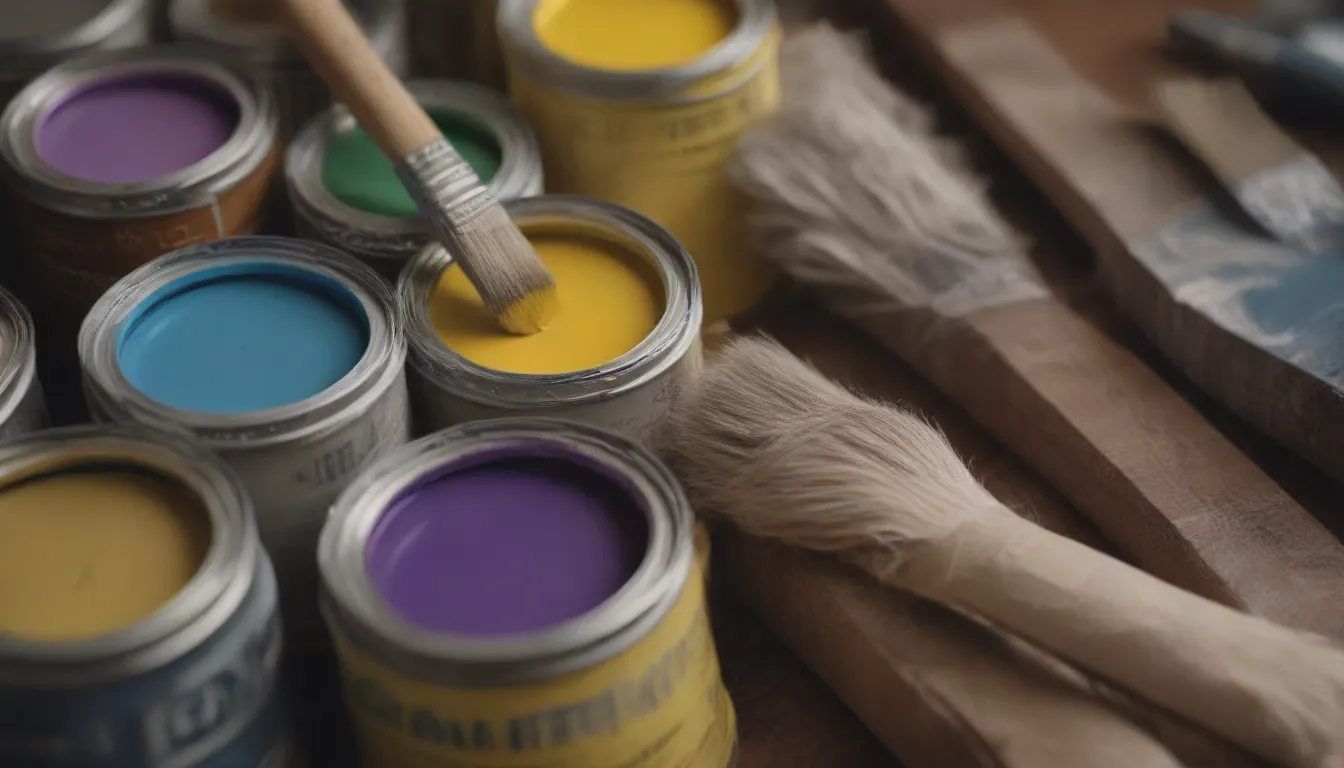
Are you considering using paint and primer in one for your next painting project? Before making your decision, it’s important to understand what self-priming paint is, how it works, and when it should and shouldn’t be used. In this in-depth guide, we’ll cover everything you need to know about paint and primer in one to help you determine if it’s the right choice for your DIY project.
What Is Self-Priming Paint?
Paint and primer in one is a type of paint that has primer mixed into it. This innovative product eliminates the need for a separate priming step in the painting process, saving you time and effort. Commonly sold under names like paint-primer, self-priming paint is designed to provide a thicker, more durable coat of paint without the hassle of priming first.
How Self-Priming Paint Works
Unlike traditional paint, self-priming paint has a higher build, meaning it creates a thicker layer when dry. This higher build allows self-priming paint to cover imperfections and provide better adhesion to surfaces. Despite its thicker consistency, most self-priming paints can still be used in paint sprayers without thinning.
Tip:
While self-priming paint is designed to eliminate the need for a separate primer coat, for particularly stubborn surfaces, it’s still advisable to use a primer before painting with self-priming paint.
When to Use Primer Separately
While self-priming paint is a convenient option for many projects, there are instances where using a separate primer coat is necessary. Priming is essential when dealing with problem surfaces that may not take paint well, such as:
- Bare wood
- Glossy surfaces
- Greasy surfaces
- Surfaces prone to bleeding
In these cases, using a separate primer before painting with self-priming paint can help improve adhesion and ensure a long-lasting finish.
Quick Tip:
For tricky colors or surfaces that require multiple coats of paint, using a primer first can help achieve better results and minimize the number of paint coats needed.
When to Use Self-Priming Paint
While self-priming paint is a versatile option, there are certain situations where it may not be the best choice. Consider using self-priming paint for:
- Repainting projects
- Drywall
- Interior walls
If you’re dealing with paint problems like peeling, flaking, or bubbling, it’s best to use a traditional primer before painting with self-priming paint to ensure a smooth, durable finish.
Will Paint and Primer in One Save Money?
It’s important to note that self-priming paint is typically found in higher-end, premium paint lines. While it may save you time and effort by combining primer and paint into one product, self-priming paint can be more expensive than traditional paint and primer purchased separately. Consider your budget and the scope of your project when deciding if self-priming paint is the right choice for you.
Brands of Self-Priming Paint
When shopping for self-priming paint, look for brands that explicitly label their products as “self-priming.” Some manufacturers may not explicitly state that their paint is self-priming, so be sure to check the technical specifications on their website to confirm.
In conclusion, paint and primer in one can be a convenient and efficient option for many DIY projects. By understanding how self-priming paint works and when to use it, you can achieve professional results with less hassle. Whether you’re repainting a room or tackling a new project, consider the benefits of self-priming paint to make your painting experience smoother and more successful.
